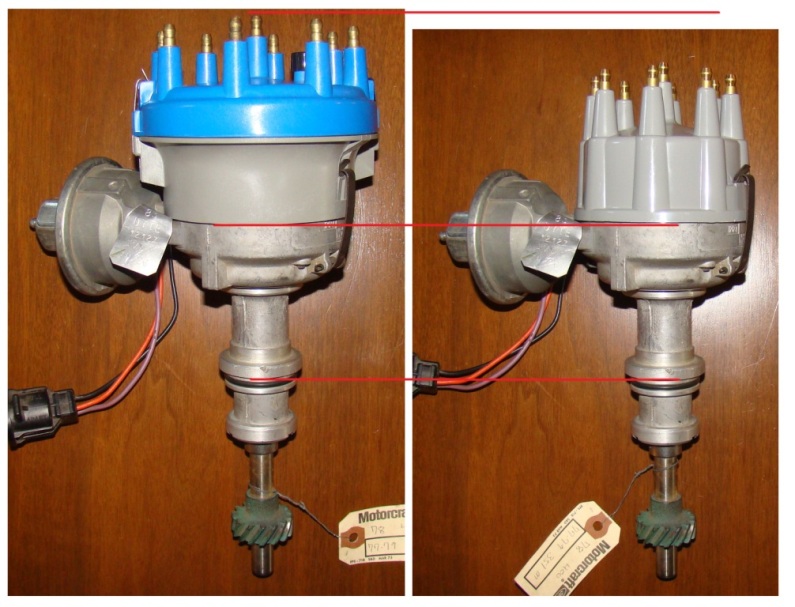
Pardon my drawing, but a note on gapping a spark plug:
Sparks like to jump to pointy things, but the easier it is to make a spark, the less energy there is in the spark. If its too hard for a spark to jump the gap, it will not fire the air / fuel mixture.
That's why electronic ignitions will spec. larger gaps; they put out enough energy to "jump" the larger gap. ( we'll talk more about this later)
In setting the gap by moving the ground strap, be careful not tho nick or gouge it - this could cause a "pointy thing" and could make the spark jump to it instead of where its supposed to. Pointy things also get hotter than other areas, and can contribute to pre ignition (also called pinging or detonation.)
Also , you want to keep the ground strap Parallel to the flat of the electrode, and even... not over hanging or partway across. Kinda hard to do if they need much adjustment.
They make a special pliers like tool to help do this, but most folks don't think they are worth it. YMMV
"Modern" electronic ignitions are much more forgiving in spark gap than the old points style. Another plus for the upgrade. But attention to detail is the key. Some folks will even "index" their spark plugs, so each plug faces the way they want them to, in each cylinder. No need for you to learn anything like that for a long time yet! But, each plug being gapped the same will help the life of your points enough to put the effort in.

Many years ago, my dad told me not to use flat feeler gauges to set plug gaps, but to use a round feeler, made for spark plugs. Every parts store had them near the registers. The flat gauge could give a false reading if the strap is not flat. (pic 3). I learned since it is important to be flat, though!
I hope I not making this sound harder than it is!
There is some of this info for points gap, but your current plan, ya might not need to know it!






































